Athlete Fashion Of the Past 100 Years Shows Just How Formal Clothes Once Were
How did we get to athleisure as everyday clothing?
We can certainly see the formality in the clothing changing over the years. Players went from spectator shoes, button-up shirts with vests, wool plus four trousers (or plaid wool skirts for the ladies) to shorts and cotton polo shirts, jerseys and tank tops.
Fun fact: our modern button-down shirts actually were first inspired by the shirts worn by polo players in England at the end of the 19th century. Polo shirts got a makeover when Rene Lacoste, tennis champion and clothier extraordinaire, remade the polo shirt in a piqué cotton (this waffle weave would later be made in knit fabrics). These new shirts were suitable for the rigors of tennis, but with a markedly more casual style.

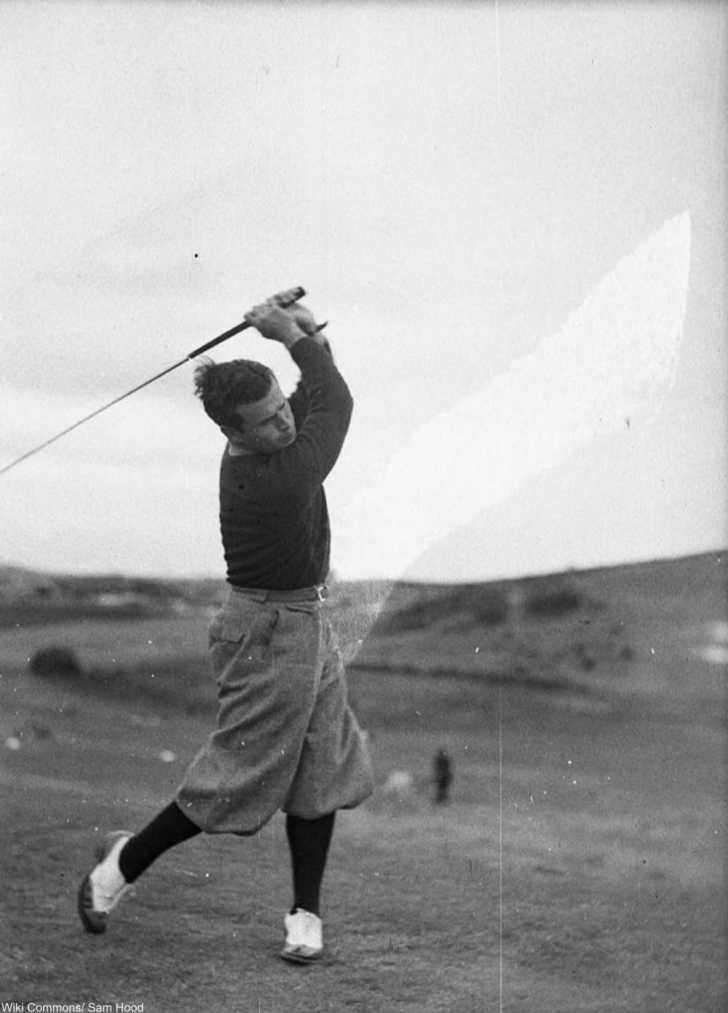
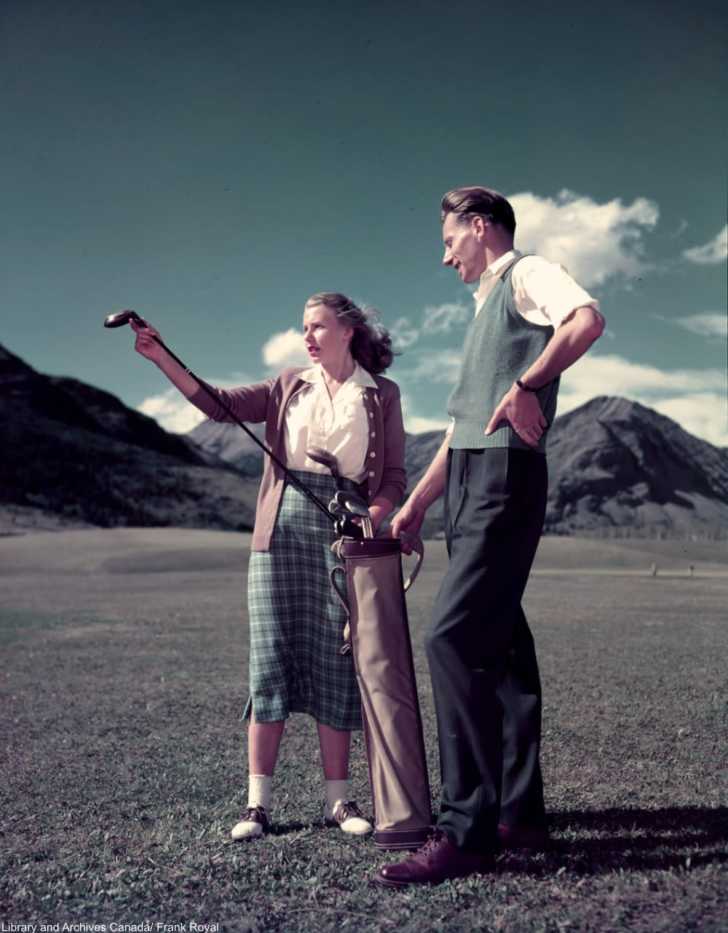
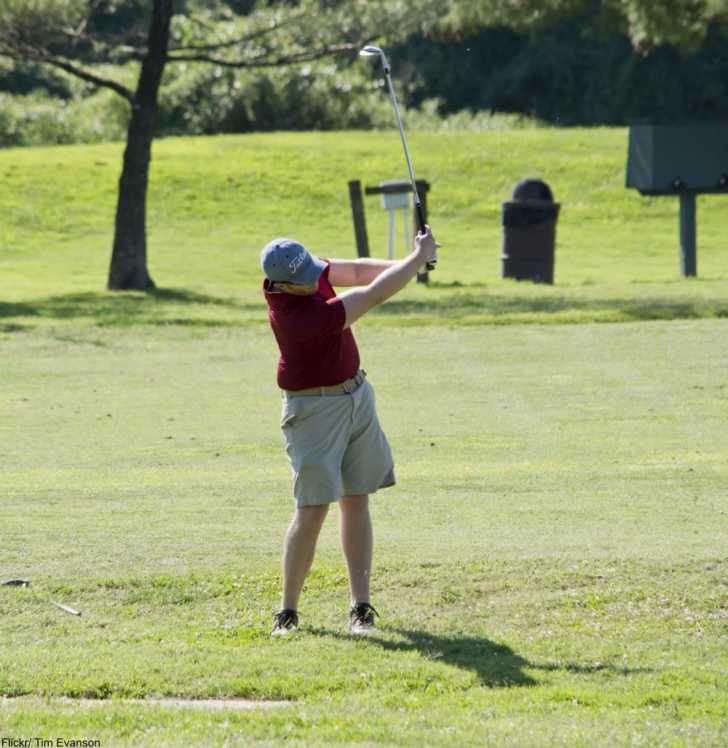
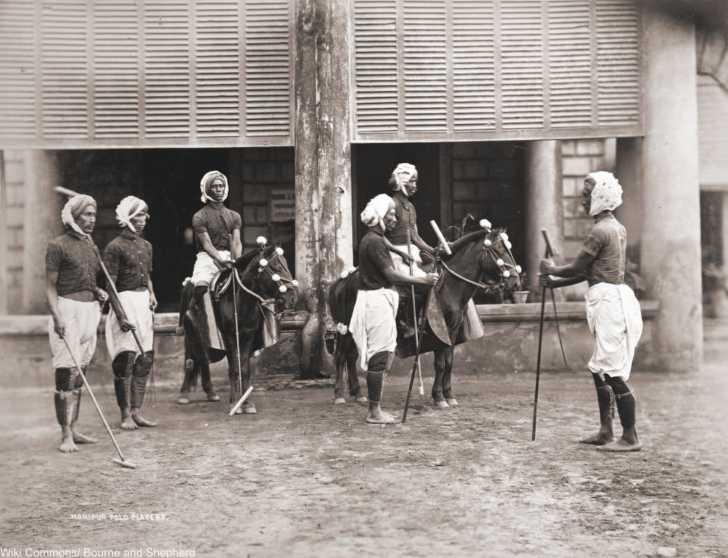
And the trend to less formal of course doesn’t stop at men’s sports. Early female basketball teams actually wore dresses, rompers, or blouses with bows! Just think if anything like that were seen on the court today. The flip side of that is that we are seeing less of these more formal styles on the street, too. Of course the introduction of lycra and spandex into our closets has been no small contribution to our supremely comfortable, if sometimes less than decent, athleisure wardrobes.
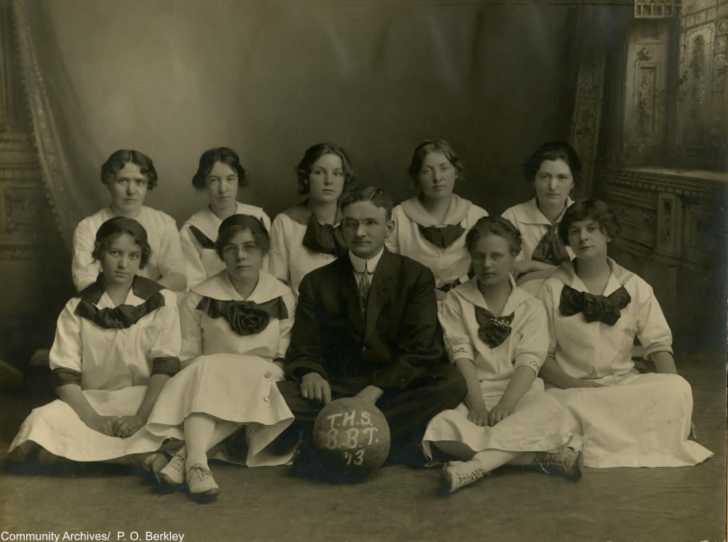
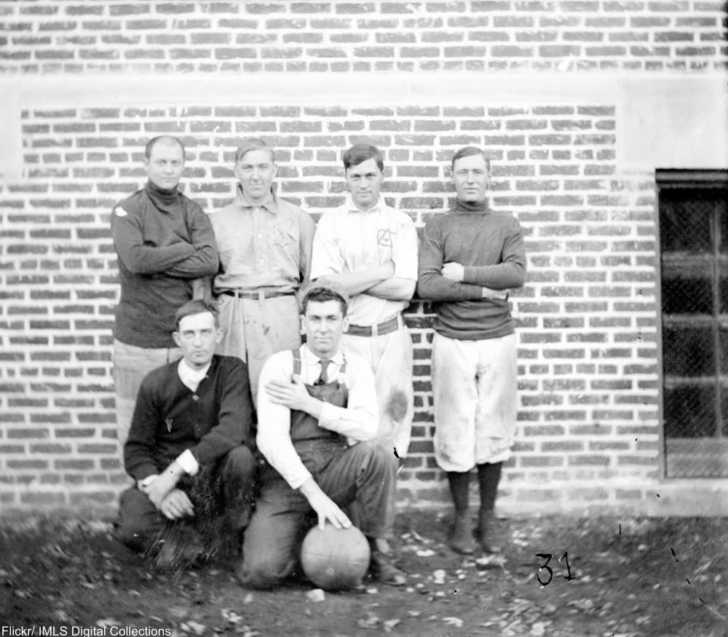
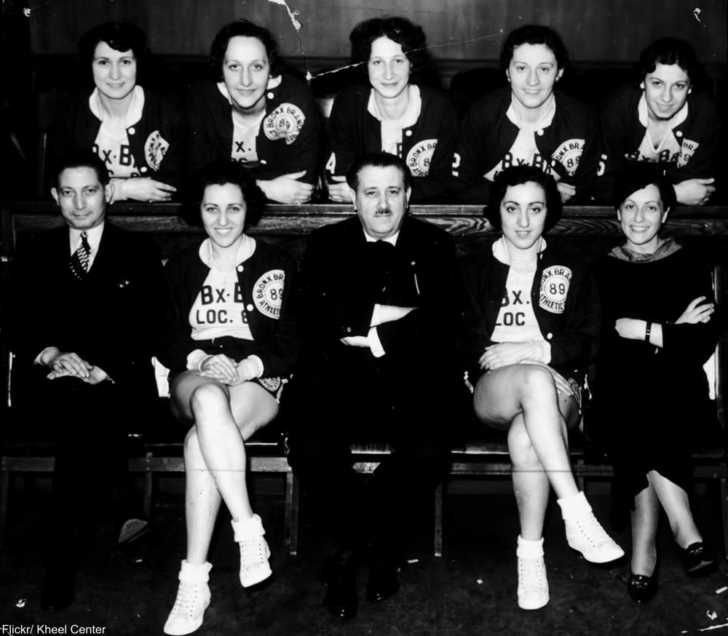
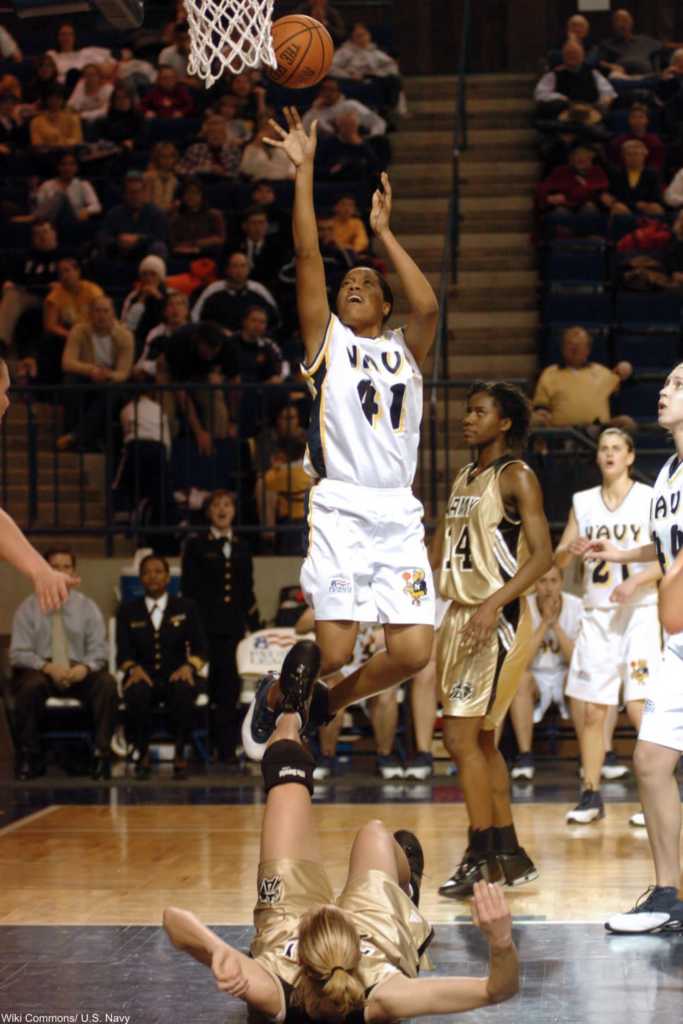
SKM: below-content placeholderWhizzco for DOT

